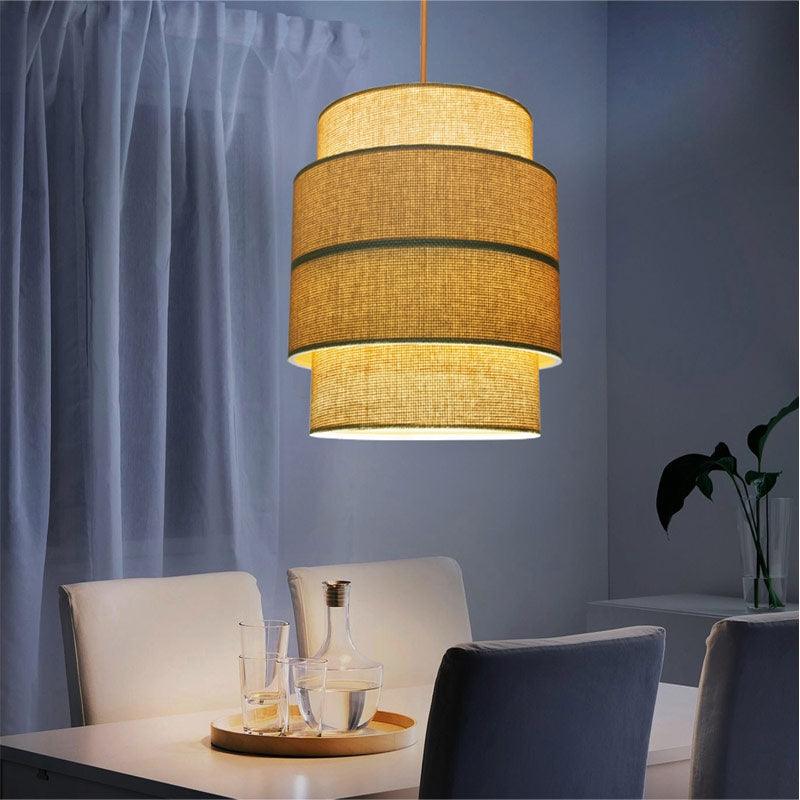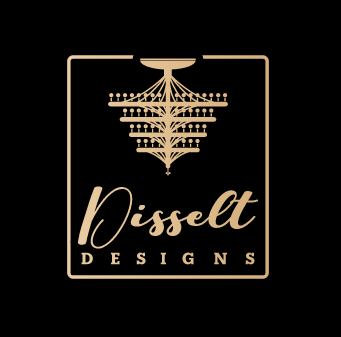
The Return of Mid-Century Modern: A Classic Style for Contemporary Homes
Share
Mid-century modern furniture, once a hallmark of the post-World War II era, has made a stunning comeback in today’s interior design world. This design movement, which flourished from the mid-1940s to the late 1960s, is known for its sleek lines, organic shapes, and focus on functionality. Today, mid-century pieces are being embraced in homes across the globe, blending the old with the new to create spaces that are both stylish and timeless. But what has fueled this resurgence, and how is mid-century furniture being integrated into modern decor?
The Timeless Appeal of Mid-Century Modern
Mid-century modern design is characterized by its simplicity, emphasis on function, and a close connection to nature. The furniture pieces from this era are often made from natural materials like wood, leather, and metal, and they feature clean, unadorned lines that highlight the beauty of the materials themselves. Designers like Charles and Ray Eames, Eero Saarinen, and Arne Jacobsen became icons of this movement, creating pieces that remain coveted today for their innovative use of form and space.
The enduring appeal of mid-century modern furniture lies in its versatility. These pieces are not only aesthetically pleasing but also incredibly functional. Their minimalist design allows them to fit seamlessly into various interior styles, from traditional to contemporary, making them ideal for today's diverse and ever-evolving home decor trends.
The Modern Revival
The resurgence of mid-century modern furniture in contemporary homes can be attributed to several factors:
- Nostalgia and Pop Culture Influence: The 1950s and 1960s are often romanticized as periods of innovation and optimism. Television shows like Mad Men have played a significant role in rekindling interest in the style, showcasing the era’s elegant and sophisticated interiors.
- Sustainability and Quality: In a world increasingly focused on sustainability, mid-century furniture offers an eco-friendly alternative to mass-produced, disposable furnishings. Many original pieces were built to last, using high-quality materials and craftsmanship. This focus on durability and sustainability resonates with today’s environmentally conscious consumers.
- Timeless Design: The clean, uncluttered look of mid-century furniture aligns perfectly with modern minimalism. Its simple yet elegant forms provide a timeless aesthetic that doesn’t easily go out of style, allowing it to blend effortlessly with contemporary decor.
Incorporating Mid-Century Furniture in Modern Spaces
Mid-century modern furniture can be used in a variety of ways to enhance contemporary interiors:
- Mixing Eras: One of the most popular ways to incorporate mid-century furniture is by blending it with pieces from different periods. A classic Eames lounge chair paired with a modern sectional sofa or a sleek mid-century dining table surrounded by contemporary chairs creates a balanced and eclectic look that feels both fresh and timeless.
- Statement Pieces: Mid-century furniture often features bold shapes and unique designs that can serve as focal points in a room. A statement piece, such as a sculptural coffee table or a vibrant upholstered chair, can add character and visual interest to an otherwise neutral space.
- Functional Decor: The functional nature of mid-century design makes it ideal for modern living. Pieces like modular shelving units, streamlined credenzas, and multifunctional storage solutions not only add style but also enhance the practicality of a space. These pieces are perfect for small apartments or homes where space optimization is key.
- Natural Materials and Colors: Mid-century modern decor often incorporates natural materials and earthy color palettes, which can create a warm and inviting atmosphere. Wooden furniture, paired with textiles in neutral or muted tones, helps to soften the sleek lines of modern interiors, adding a touch of organic warmth.
Conclusion
The resurgence of mid-century modern furniture in today’s interiors is a testament to the enduring appeal of its design principles. By combining form, function, and timeless aesthetics, mid-century pieces offer a unique way to bring sophistication and style into modern homes. Whether used as statement pieces or seamlessly integrated into a broader design scheme, mid-century modern furniture continues to inspire and elevate contemporary spaces, proving that true design classics never go out of style.
